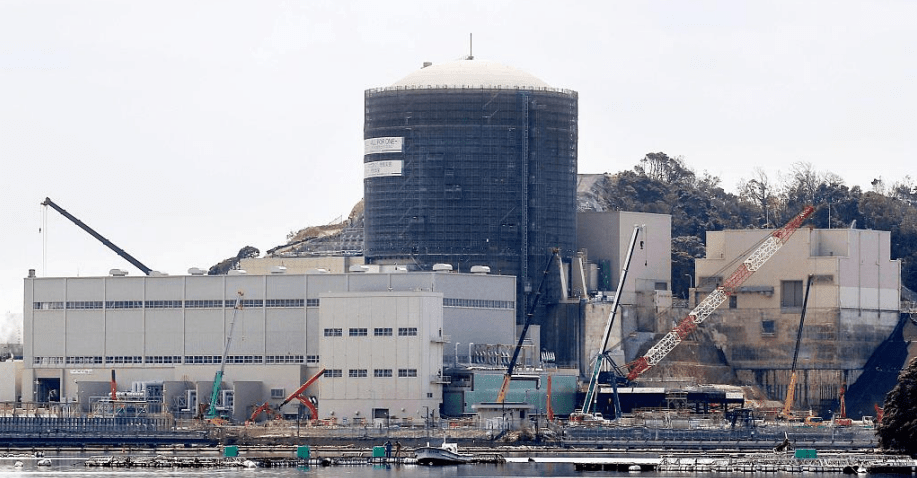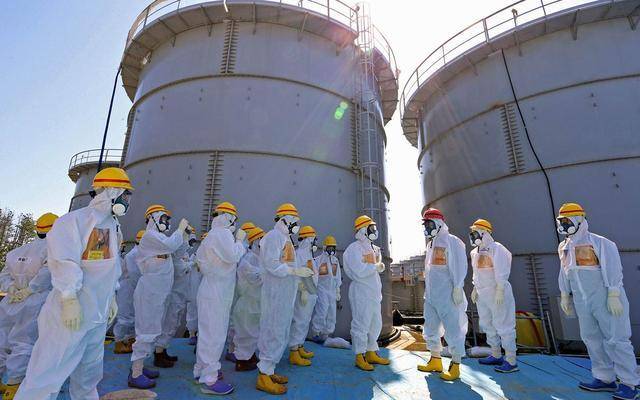International Observation | Kansai Electric Power is called a nuclear leakage system.
Author:Cover news Time:2022.08.18
Cover reporter Chen Ganlu intern Han Weiwei
According to a report on August 16, local time of the Japanese current Affairs News Agency, Kansai Electric Power Corporation, Japan, said that there was a water leakage of radioactive substances in Unit 3 Meibin Nuclear Power Station in Fukui County announced earlier this month. Loose, it is caused by the operation errors of cooperative companies. Kansai Electric Power Co., Ltd. announced on August 1, local time. The nuclear reactor auxiliary building at Unit 3, Meibin Nuclear Power Station, which is currently suspended, leaked about 7 tons of water containing radioactive substances. influences. However, with the increase in public opinion pressure, the company had to make more detailed explanations and responses.

Kansai Electric Power Meibin Nuclear Power Station
Nuclear leaks have been nuclear three times in the past five years
According to Japanese media reports, Kansai Electric Power Corporation found a regular inspection of nuclear power plants that in the atomic reactor assistant building at Unit 3 of Meibin Nuclear Power Station, about 7 cubic meters of water containing radiation substances. Berkler. The Meibin Nuclear Power Station is located in Fukui Prefecture, Japan. Its 3rd Unit 3 began operation in December 1976 and stopped operating in 2011.
According to the Japanese Broadcasting Association Television (NHK) previously reported that the crew was scheduled to be restarted in June last year after a special inspection, but it stopped running due to facilities construction problems. This year, Kansai Electric Power Company completed the construction of relevant facilities, and it is expected to re -start Unit 3 Meibin Nuclear Power Station on August 10. This is not the first time in Japan's nuclear leak. In the past five years, three large nuclear leaks have occurred.
In June 2017, a staff member in a fuel study building in the Japanese atomic energy research and development institution in Ibaraki Prefecture, Japan opened a metal container containing pink and uranium. The plastic bag inside the container suddenly ruptured. Try the material scattered. The nuclear leak caused the largest level of radiation in Japan in Japan.
At 14:24 on January 30, 2019, a nuclear leakage accident occurred in a state -owned nuclear fuel treatment facilities in Ibaraki Prefecture, Japan. The main reason for the disclosure of the Japanese atomic energy research and development agency may be the aging of containers.
In 2021, three nuclear leaks occurred within four months of the Fukushima Nuclear Power Station in Japan. A routine inspection in July found that the container lid of the two containers was loose gap, and the radioactive substances of the internal accumulated water were very high, and the surrounding areas were contaminated. According to the data released by Tokyo Electricity, the radioactive substances of the rainwater in these two containers have been tested, and the concentration reaches 79,000 Berclerle per liter, and the drainage groove near the container is also contaminated.
Human and equipment old Japanese nuclear power stations are safe and doubtful
In recent years, the Japanese nuclear power plant has frequently occurred, and the nuclear leakage has affected the world's hearts. In particular, after the nuclear waste water of the Fukushima nuclear power plant began to discharge, many experts pointed out that research shows that these radioactive substances can spread to most of the Pacific, which will have a serious impact on the global ocean in 10 years.

Fukushima East Power Power Station in Japan
In addition to the discharge of Fukushima nuclear waste water, some accidents that have happened in Japan recently are artificial, as well as old equipment and other reasons. The nuclear leakage accident in Ibaraki Prefecture in 2019 is caused by the aging container caused by daily use.
Similarly, Fukushima Nuclear Power Station actually has the problem of aging equipment, but the "3.11" earthquake is the cause. As early as the Great Earthquake, Japan and experts pointed out that the Fukushima Nuclear Power Station was built in the late 1960s. The risk of melting the reactor core during design did not consider the risk of the reactor core. When an accident and part of the reactor pile core melting collapse, people realized this problem and improved in subsequent nuclear power plant design. During the Great Earthquake, the huge tsunami drowned the boscture diesel generator and electrical switching equipment located in the Fukushima Nuclear Power Station in Shuangye County, Fukushima Prefecture, Japan. The nuclear power plant is powered out, the water cycle stops, and the fuel rod continuously releases the thermal energy. The anti -pile temperature reaches more than 1000 degrees. The metal pupa and water on the shell of the fuel rod respond to generate a reaction, generate the dioxide and produce a large amount of hydrogen. After the hydrogen is leaked, the air is mixed with the air in the safe shell. After the hydrogen exploded, the safety layer was blew. There was a pile core with design defects and collapsed, and nuclear fuel splattered, causing nuclear pollution.
Copy the energy crisis, Japan restarts nine old nuclear power plants
The Fukushima Nuclear Power Station has repeatedly broke out and leaked accidents in nuclear waste water treatment. Now, there is another factor in the Kansai Meibin Nuclear Power Station, which makes people doubt the safety coefficient of the Japanese nuclear power plant.
As an island country, Japan is very scarce, especially in energy such as oil and natural gas. But because of earthquakes all year round, Japan is actually the country in the world that is not suitable for building nuclear power plants.
According to data in 2021, the number of nuclear power units of Japan's nuclear power plant is about 55. Last month, Japanese Prime Minister Kishita Kishita stated at a press conference held by the official residence of the Prime Minister that in order to cope with the risk of electricity in the winter this winter, 10 thermal power plants will be restarted and the old nuclear power plants are restarted as much as possible, up to 9 The nuclear power plant is running.
This decision was immediately opposed, but in the face of high temperature and energy crisis in summer, the Japanese government chose to take the risk again. "I am worried that the power supply and demand in winter will be tense again., Let a total of nine -seater nuclear power units put in operation. "
- END -
The number of people to death in South Korea rose to the Chinese Embassy in South Korea to release refuge reminder
Data-version = 0 data-vwidth = 1920 data-vHeight = 1080 transcoding = 1 / The Chinese Embassy in South Korea announced on August 9th that heavy rain in regions such as the South Korean capit
White House: Biden's whole body sore

According to a number of US media reports on the 23rd, Dr. White House revealed th...